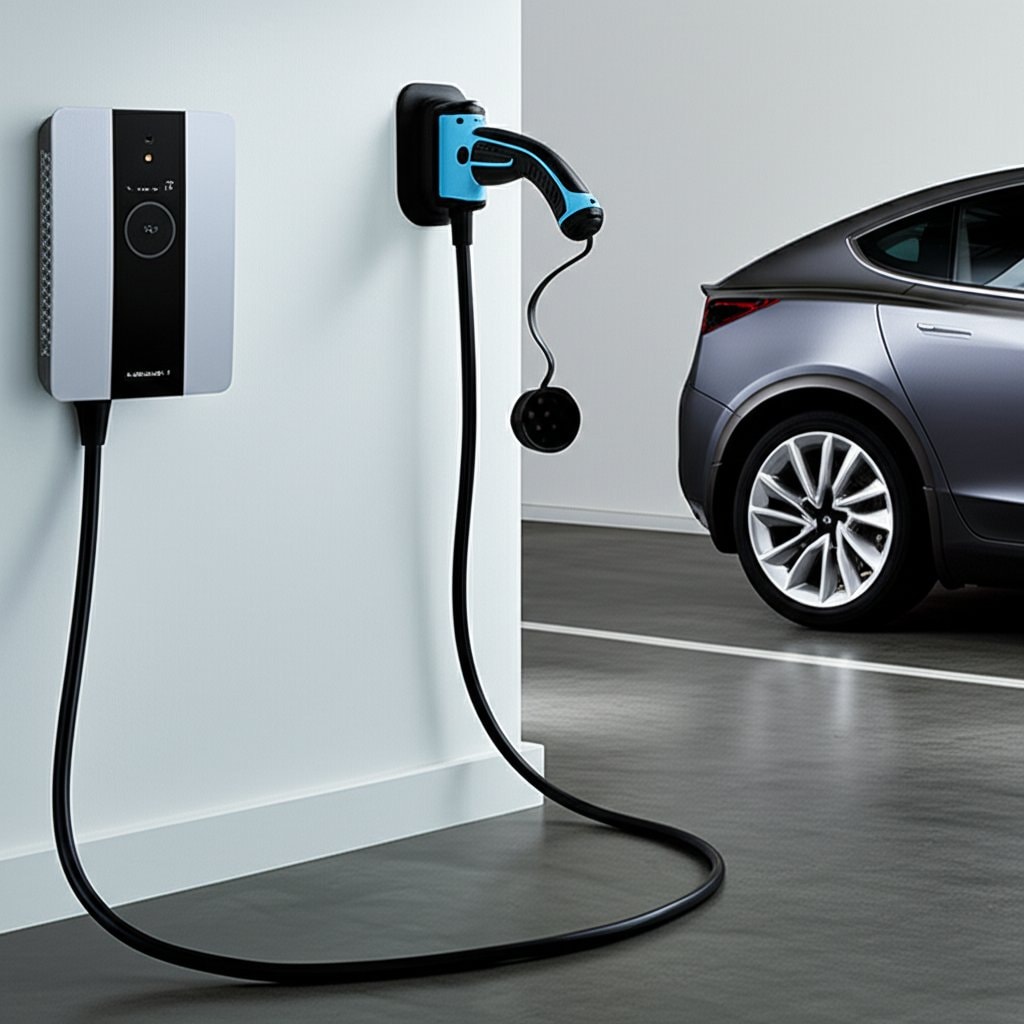Complete Guide to Home EV Charging Station Installation
Introduction to EV Charging Options
Electric vehicles continue to gain popularity, and many owners choose to install charging stations at home for convenience and efficiency. This guide explores the differences between basic Level 1 chargers and more advanced Level 2 systems, focusing on costs, installation methods, and practical considerations. Whether you plan a simple do-it-yourself setup or a professional installation, understanding these elements helps you make informed decisions that align with your needs and budget.
Understanding Costs and Time Requirements
Material expenses form the foundation of any EV charging project. For a Level 1 charger, which operates on 120 volts, you can expect to spend between $200 and $600 on the unit itself. Level 2 chargers, running on 240 volts for faster charging, range from $400 to $1,200. Additional electrical upgrades, such as panel modifications, new wiring, or breaker installations, add $500 to $2,500 to the total.
Labor costs vary based on the job's complexity and your location: professionals typically charge $500 to $1,500. Permit and inspection fees, required in most areas, fall between $50 and $300. Overall, a complete installation might total $1,000 to $4,000, depending on whether you handle it yourself or hire experts.
Time estimates also differ significantly. A DIY Level 1 installation often takes just 1 to 2 hours, while a professional Level 2 setup, including permitting, can require 4 to 8 hours. Difficulty levels reflect this: Level 1 is straightforward for most homeowners, but Level 2 demands advanced electrical knowledge.
Choosing Between DIY and Professional Installation
Homeowners with basic electrical skills find DIY practical for Level 1 chargers, especially when using an existing grounded outlet on a dedicated circuit. This approach works well if no panel upgrades are necessary, and it keeps costs low at $200 to $600. However, you must verify that your setup meets local codes to avoid safety issues.
For Level 2 chargers, hiring a licensed electrician is often essential. These systems require 240-volt circuits, and professionals handle panel assessments, wiring runs, and any trenching for outdoor units. Costs for such installations range from $1,200 to $4,000, but the investment ensures reliability and compliance. At Critchfield Construction, we recommend professional help when electrical panels are outdated or full, as improper work can lead to hazards or voided warranties.
Compare the two: a basic DIY option suits occasional charging needs, while professional Level 2 setups provide faster charging for daily use, adding 20 to 40 miles of range per hour.
Essential Tools and Materials
Gather the right tools before starting: a drill, screwdriver set, wire stripper, voltage tester, stud finder, and socket set. For materials, select an EV charger unit, mounting bracket, appropriate conduit, wire gauged to the charger's amperage, a properly rated breaker, wall anchors, and weatherproof housing for outdoor locations.
Choose high-quality components to ensure longevity; for instance, use copper wire for better conductivity and durability. If installing outdoors, opt for materials rated for weather exposure to prevent corrosion over time.
Detailed Installation Steps
Installing a Level 1 Charger
Begin by selecting a location near a reliable 120-volt outlet, ensuring the circuit is dedicated and rated for at least 15 amps. Test the outlet under load to confirm it does not trip the breaker, which indicates sufficient capacity.
Next, mount the charging station bracket using a stud finder to secure it to wall framing. Pull on the bracket to verify stability, as a loose mount could cause damage during use.
Finally, attach the charger, plug it into the outlet, and secure the cable holder. Power on the unit and check indicator lights to confirm proper operation; this simple process often completes in under two hours.
Setting Up a Level 2 Charger
Start with obtaining necessary permits from your local building department, as most areas mandate approval for 240-volt installations. Proceed only after receiving confirmation to avoid fines or rework.
Have an electrician verify your electrical panel's capacity through a load calculation, ensuring space for a new 240-volt breaker without upgrades. If the panel cannot handle the load, plan for modifications at this stage.
The electrician then installs a dedicated circuit, running wire and conduit from the panel to the charger site. Test the circuit for correct voltage to guarantee safe performance.
Mount the charger securely to a wall or post with approved anchors, then hardwire it according to manufacturer guidelines. Activate the system and test with your vehicle to ensure no breaker trips occur during charging.
Prioritizing Safety and Best Practices
Electrical work carries inherent risks, so never attempt panel modifications without proper training, as this can result in serious injury or fire. When working at heights for outdoor mounts, use stable ladders to minimize fall risks, and always wear insulated gloves and safety glasses.
Shut off power at the main breaker before any wiring tasks, and double-check with a voltage tester. These precautions, combined with adherence to local codes, create a safe charging environment.
Troubleshooting Common Issues
If the charger fails to power on, inspect the breaker, measure outlet voltage, and confirm grounding. Slow charging might stem from an undersized circuit or mismatched breaker amperage, requiring adjustments.
Frequent breaker trips often signal overloads or wiring problems, so consult an electrician for inspection. Always perform a full charge cycle test after installation to verify safe, efficient operation.
Proper Cleanup and Ongoing Maintenance
After installation, gather all packaging, wire scraps, and conduit remnants for proper disposal through local recycling programs. Avoid leaving sharp materials in accessible areas to prevent injuries.
Maintain your charger by inspecting the unit, cord, and plug every six months for signs of wear. Clean with a dry cloth to remove dust, and check outdoor units for water damage. With regular care, chargers typically last 8 to 10 years, depending on usage and environmental factors.
Knowing When to Seek Professional Help
Call in experts if your project involves panel upgrades, new wiring, or high-voltage circuits that exceed your comfort level. Local regulations may also require licensed installation for permitting.
Professional costs range from $1,200 to $4,000, but selecting the right contractor matters. Look for licensed, insured electricians who provide written estimates, installation warranties, and references from previous EV projects. At Critchfield Construction, our team delivers these standards to ensure seamless results.
Frequently Asked Questions
Do I need a permit for an EV charger?
Most jurisdictions require permits for Level 2 installations, so contact your building department to confirm.
Can I plug a Level 2 charger into a dryer outlet?
No, Level 2 chargers need a dedicated circuit with the correct breaker size for safe operation.
How fast will a Level 2 charger charge my car?
These units typically add 20 to 40 miles of range per hour, depending on the model and vehicle.
Can I install an outdoor charger?
Yes, provided you use weatherproof housing and outdoor-rated conduit to protect against elements.
Will a charger increase my electric bill?
Yes, the increase depends on your driving habits and local electricity rates, but efficient models help manage costs.
This comprehensive approach to EV charging installation empowers you to choose the best option for your home, balancing cost, convenience, and safety.







